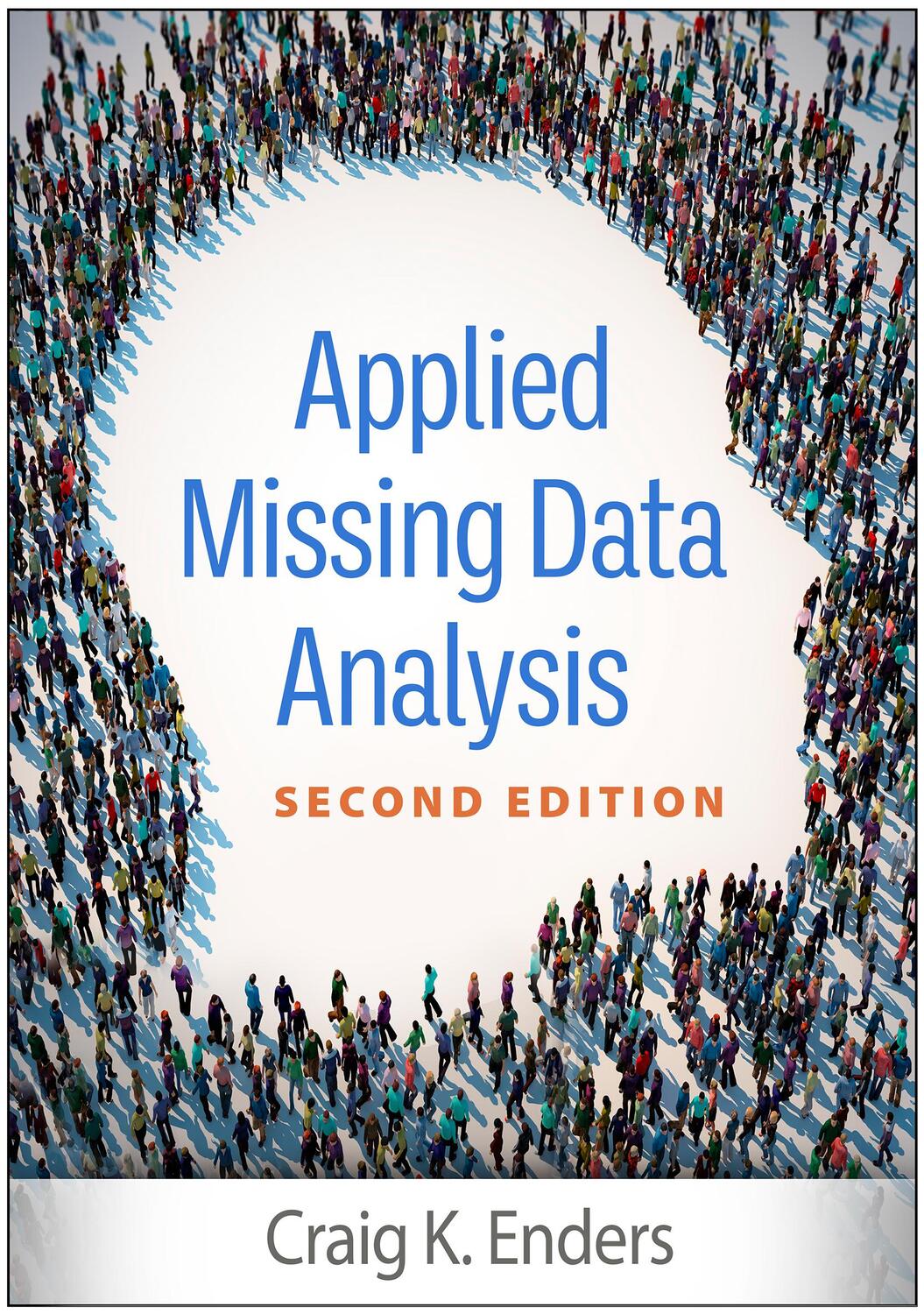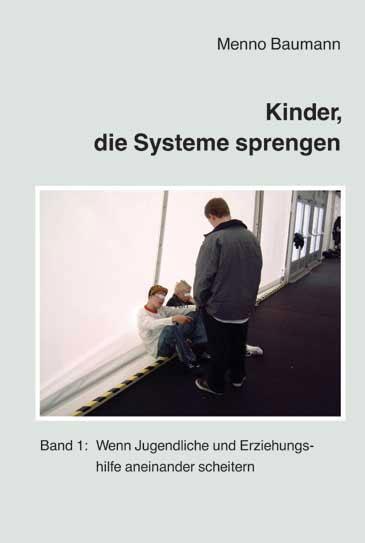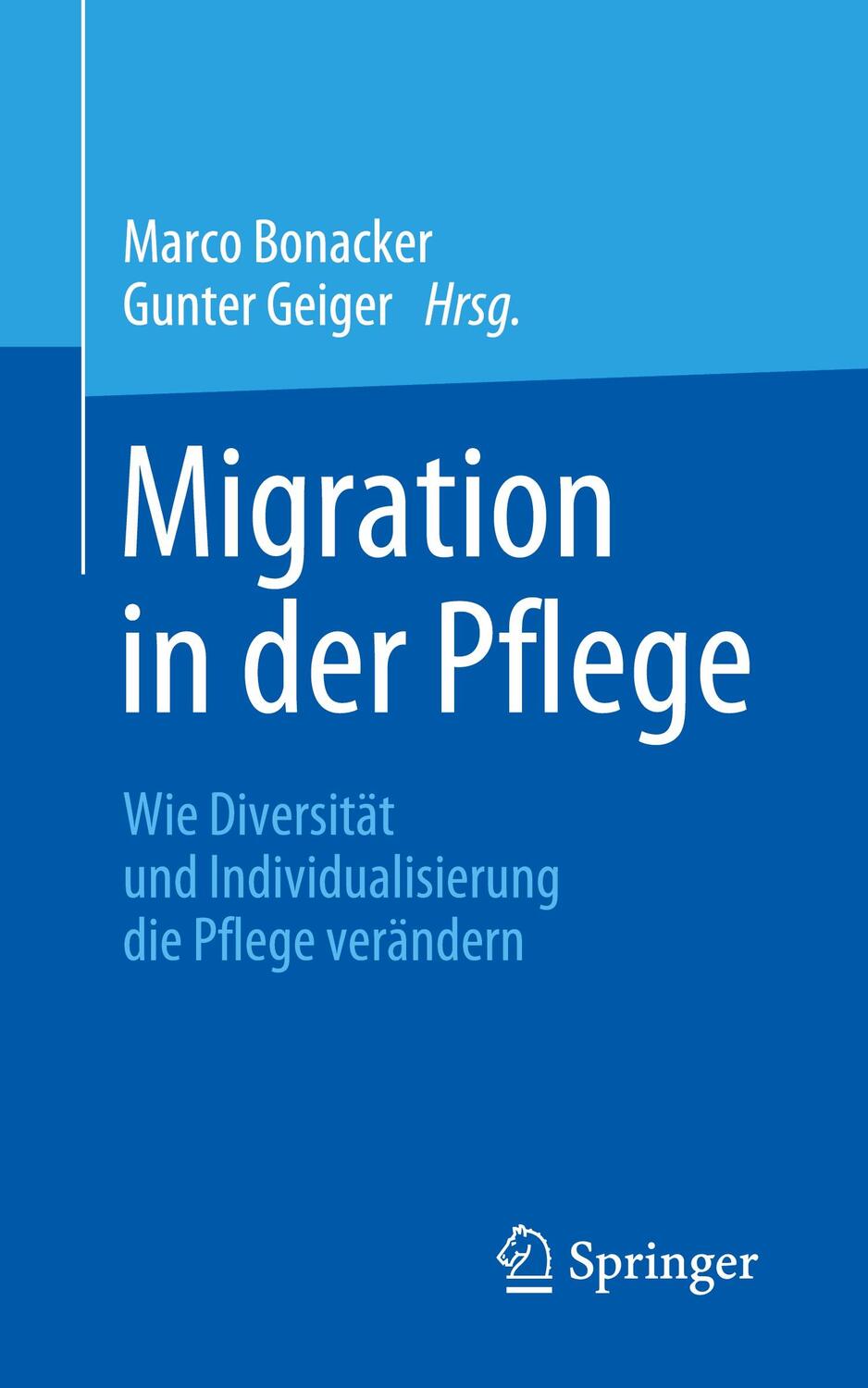90,95 €*
Versandkostenfrei per Post / DHL
Lieferzeit 1-2 Wochen
Craig K. Enders, PhD, is Professor and Area Chair in Quantitative Psychology in the Department of Psychology at the University of California, Los Angeles. His primary research focus is on analytic issues related to missing data analyses, and he leads the research team responsible for developing the Blimp software application for missing data analyses. Dr. Enders also conducts research in the areas of multilevel modeling and structural equation modeling, and is an active member of the Society of Multivariate Experimental Psychology, the American Psychological Association, and the American Educational Research Association.
1. Introduction to Missing Data
1.1 Chapter Overview
1.2 Missing Data Patterns
1.3 Missing Data Mechanisms
1.4 Diagnosing Missing Data Mechanisms
1.5 Auxiliary Variables
1.6 Analysis Example: Preparing for Missing Data Handling
1.7 Older Missing Data Methods
1.8 Comparing Missing Data Methods via Simulation
1.9 Planned Missing Data
1.10 Power Analyses for Planned Missingness Designs
1.11 Summary and Recommended Readings
2. Maximum Likelihood Estimation
2.1 Chapter Overview
2.2 Probability Distributions versus Likelihood Functions
2.3 The Univariate Normal Distribution
2.4 Estimating Unknown Parameters
2.5 Getting an Analytic Solution
2.6 Estimating Standard Errors
2.7 Information Matrix and Parameter Covariance Matrix
2.8 Alternative Approaches to Estimating Standard Errors
2.9 Iterative Optimization Algorithms
2.10 Linear Regression
2.11 Significance Tests
2.12 Multivariate Normal Data
2.13 Categorical Outcomes: Logistic and Probit Regression
2.14 Summary and Recommended Readings
3. Maximum Likelihood Estimation with Missing Data
3.1 Chapter Overview
3.2 The Multivariate Normal Distribution Revisited
3.3 How Do Incomplete Data Records Help?
3.4 Standard Errors with Incomplete Data
3.5 The Expectation Maximization Algorithm
3.6 Linear Regression
3.7 Significance Testing
3.8 Interaction Effects
3.9 Curvilinear Effects
3.10 Auxiliary Variables
3.11 Categorical Outcomes
3.12 Summary and Recommended Readings
4. Bayesian Estimation
4.1 Chapter Overview
4.2 What Makes Bayesian Statistics Different?
4.3 Conceptual Overview of Bayesian Estimation
4.4 Bayes' Theorem
4.5 The Univariate Normal Distribution
4.6 MCMC Estimation with the Gibbs Sampler
4.7 Estimating the Mean and Variance with MCMC
4.8 Linear Regression
4.9 Assessing Convergence of the Gibbs Sampler
4.10 Multivariate Normal Data
4.11 Summary and Recommended Readings
5. Bayesian Estimation with Missing Data
5.1 Chapter Overview
5.2 Imputing an Incomplete Outcome Variable
5.3 Linear Regression
5.4 Interaction Effects
5.5 Inspecting Imputations
5.6 The Metropolis-Hastings Algorithm
5.7 Curvilinear Effects
5.8 Auxiliary Variables
5.9 Multivariate Normal Data
5.10 Summary and Recommended Readings
6. Bayesian Estimation for Categorical Variables
6.1 Chapter Overview
6.2 Latent Response Formulation for Categorical Variables
6.3 Regression with a Binary Outcome
6.4 Regression with an Ordinal Outcome
6.5 Binary and Ordinal Predictor Variables
6.6 Latent Response Formulation for Nominal Variables
6.7 Regression with a Nominal Outcome
6.8 Nominal Predictor Variables
6.9 Logistic Regression
6.10 Summary and Recommended Readings
7. Multiple Imputation
7.1 Chapter Overview
7.2 Agnostic versus Model-Based Multiple Imputation
7.3 Joint Model Imputation
7.4 Fully Conditional Specification
7.5 Analyzing Multiply-Imputed Data Sets
7.6 Pooling Parameter Estimates
7.7 Pooling Standard Errors
7.8 Test Statistic and Confidence Intervals
7.9 When Might Multiple Imputation Give Different Answers?
7.10 Interaction and Curvilinear Effects Revisited
7.11 Model-Based Imputation
7.12 Multivariate Significance Tests
7.13 Summary and Recommended Readings
8. Multilevel Missing Data
8.1 Chapter Overview
8.2 Random Intercept Regression Models
8.3 Random Coefficient Models
8.4 Multilevel Interaction Effects
8.5 Three-Level Models
8.6 Multiple Imputation
8.7 Joint Model Imputation
8.8 Fully Conditional Specification Imputation
8.9 Maximum Likelihood Estimation
8.10 Summary and Recommended Readings
9. Missing Not at Random Processes
9.1 Chapter Overview
9.2 Missing Not at Random Processes Revisited
9.3 Major Modeling Frameworks
9.4 Selection Models for Multiple Regression
9.5 Model Comparisons and Individual Influence Diagnostics
9.6 Selection Model Analysis Examples
9.7 Pattern Mixture Models for Multiple Regression
9.8 Pattern Mixture Model Analysis Examples
9.9 Longitudinal Data Analyses
9.10 Diggle-Kenward Selection Model
9.11 Shared Parameter (Random Coefficient) Selection Model
9.12 Random Coefficient Pattern Mixture Models
9.13 Longitudinal Data Analysis Examples
9.14 Summary and Recommended Readings
10. Special Topics and Applications
10.1 Chapter Overview
10.2 Descriptive Summaries, Correlations, and Subgroups
10.3 Non-Normal Predictor Variables
10.4 Non-Normal Outcome Variables
10.5 Mediation and Indirect Effects
10.6 Structural Equation Models
10.7 Scale Scores and Missing Questionnaire Items
10.8 Interactions with Scales
10.9 Longitudinal Data Analyses
10.10 Regression with a Count Outcome
10.11 Power Analyses for Growth Models with Missing Data
10.12 Summary and Recommended Readings
11. Wrap-Up
11.1 Chapter Overview
11.2 Choosing a Missing Data-Handling Procedure
11.3 Software Landscape
11.4 Reporting Results from a Missing Data Analysis
11.5 Final Thoughts and Recommended Readings
Appendix. Data Set Descriptions
Author Index
Subject Index
About the Author
| Erscheinungsjahr: | 2022 |
|---|---|
| Fachbereich: | Grundlagen (Methodik & Statistik) |
| Genre: | Psychologie |
| Rubrik: | Geisteswissenschaften |
| Medium: | Buch |
| Seiten: | 546 |
| Inhalt: | Einband - fest (Hardcover) |
| ISBN-13: | 9781462549863 |
| ISBN-10: | 1462549861 |
| Sprache: | Englisch |
| Einband: | Gebunden |
| Autor: | Enders, Craig K. |
| Hersteller: | Guilford Publications |
| Maße: | 257 x 186 x 32 mm |
| Von/Mit: | Craig K. Enders |
| Erscheinungsdatum: | 28.10.2022 |
| Gewicht: | 1,079 kg |
Craig K. Enders, PhD, is Professor and Area Chair in Quantitative Psychology in the Department of Psychology at the University of California, Los Angeles. His primary research focus is on analytic issues related to missing data analyses, and he leads the research team responsible for developing the Blimp software application for missing data analyses. Dr. Enders also conducts research in the areas of multilevel modeling and structural equation modeling, and is an active member of the Society of Multivariate Experimental Psychology, the American Psychological Association, and the American Educational Research Association.
1. Introduction to Missing Data
1.1 Chapter Overview
1.2 Missing Data Patterns
1.3 Missing Data Mechanisms
1.4 Diagnosing Missing Data Mechanisms
1.5 Auxiliary Variables
1.6 Analysis Example: Preparing for Missing Data Handling
1.7 Older Missing Data Methods
1.8 Comparing Missing Data Methods via Simulation
1.9 Planned Missing Data
1.10 Power Analyses for Planned Missingness Designs
1.11 Summary and Recommended Readings
2. Maximum Likelihood Estimation
2.1 Chapter Overview
2.2 Probability Distributions versus Likelihood Functions
2.3 The Univariate Normal Distribution
2.4 Estimating Unknown Parameters
2.5 Getting an Analytic Solution
2.6 Estimating Standard Errors
2.7 Information Matrix and Parameter Covariance Matrix
2.8 Alternative Approaches to Estimating Standard Errors
2.9 Iterative Optimization Algorithms
2.10 Linear Regression
2.11 Significance Tests
2.12 Multivariate Normal Data
2.13 Categorical Outcomes: Logistic and Probit Regression
2.14 Summary and Recommended Readings
3. Maximum Likelihood Estimation with Missing Data
3.1 Chapter Overview
3.2 The Multivariate Normal Distribution Revisited
3.3 How Do Incomplete Data Records Help?
3.4 Standard Errors with Incomplete Data
3.5 The Expectation Maximization Algorithm
3.6 Linear Regression
3.7 Significance Testing
3.8 Interaction Effects
3.9 Curvilinear Effects
3.10 Auxiliary Variables
3.11 Categorical Outcomes
3.12 Summary and Recommended Readings
4. Bayesian Estimation
4.1 Chapter Overview
4.2 What Makes Bayesian Statistics Different?
4.3 Conceptual Overview of Bayesian Estimation
4.4 Bayes' Theorem
4.5 The Univariate Normal Distribution
4.6 MCMC Estimation with the Gibbs Sampler
4.7 Estimating the Mean and Variance with MCMC
4.8 Linear Regression
4.9 Assessing Convergence of the Gibbs Sampler
4.10 Multivariate Normal Data
4.11 Summary and Recommended Readings
5. Bayesian Estimation with Missing Data
5.1 Chapter Overview
5.2 Imputing an Incomplete Outcome Variable
5.3 Linear Regression
5.4 Interaction Effects
5.5 Inspecting Imputations
5.6 The Metropolis-Hastings Algorithm
5.7 Curvilinear Effects
5.8 Auxiliary Variables
5.9 Multivariate Normal Data
5.10 Summary and Recommended Readings
6. Bayesian Estimation for Categorical Variables
6.1 Chapter Overview
6.2 Latent Response Formulation for Categorical Variables
6.3 Regression with a Binary Outcome
6.4 Regression with an Ordinal Outcome
6.5 Binary and Ordinal Predictor Variables
6.6 Latent Response Formulation for Nominal Variables
6.7 Regression with a Nominal Outcome
6.8 Nominal Predictor Variables
6.9 Logistic Regression
6.10 Summary and Recommended Readings
7. Multiple Imputation
7.1 Chapter Overview
7.2 Agnostic versus Model-Based Multiple Imputation
7.3 Joint Model Imputation
7.4 Fully Conditional Specification
7.5 Analyzing Multiply-Imputed Data Sets
7.6 Pooling Parameter Estimates
7.7 Pooling Standard Errors
7.8 Test Statistic and Confidence Intervals
7.9 When Might Multiple Imputation Give Different Answers?
7.10 Interaction and Curvilinear Effects Revisited
7.11 Model-Based Imputation
7.12 Multivariate Significance Tests
7.13 Summary and Recommended Readings
8. Multilevel Missing Data
8.1 Chapter Overview
8.2 Random Intercept Regression Models
8.3 Random Coefficient Models
8.4 Multilevel Interaction Effects
8.5 Three-Level Models
8.6 Multiple Imputation
8.7 Joint Model Imputation
8.8 Fully Conditional Specification Imputation
8.9 Maximum Likelihood Estimation
8.10 Summary and Recommended Readings
9. Missing Not at Random Processes
9.1 Chapter Overview
9.2 Missing Not at Random Processes Revisited
9.3 Major Modeling Frameworks
9.4 Selection Models for Multiple Regression
9.5 Model Comparisons and Individual Influence Diagnostics
9.6 Selection Model Analysis Examples
9.7 Pattern Mixture Models for Multiple Regression
9.8 Pattern Mixture Model Analysis Examples
9.9 Longitudinal Data Analyses
9.10 Diggle-Kenward Selection Model
9.11 Shared Parameter (Random Coefficient) Selection Model
9.12 Random Coefficient Pattern Mixture Models
9.13 Longitudinal Data Analysis Examples
9.14 Summary and Recommended Readings
10. Special Topics and Applications
10.1 Chapter Overview
10.2 Descriptive Summaries, Correlations, and Subgroups
10.3 Non-Normal Predictor Variables
10.4 Non-Normal Outcome Variables
10.5 Mediation and Indirect Effects
10.6 Structural Equation Models
10.7 Scale Scores and Missing Questionnaire Items
10.8 Interactions with Scales
10.9 Longitudinal Data Analyses
10.10 Regression with a Count Outcome
10.11 Power Analyses for Growth Models with Missing Data
10.12 Summary and Recommended Readings
11. Wrap-Up
11.1 Chapter Overview
11.2 Choosing a Missing Data-Handling Procedure
11.3 Software Landscape
11.4 Reporting Results from a Missing Data Analysis
11.5 Final Thoughts and Recommended Readings
Appendix. Data Set Descriptions
Author Index
Subject Index
About the Author
| Erscheinungsjahr: | 2022 |
|---|---|
| Fachbereich: | Grundlagen (Methodik & Statistik) |
| Genre: | Psychologie |
| Rubrik: | Geisteswissenschaften |
| Medium: | Buch |
| Seiten: | 546 |
| Inhalt: | Einband - fest (Hardcover) |
| ISBN-13: | 9781462549863 |
| ISBN-10: | 1462549861 |
| Sprache: | Englisch |
| Einband: | Gebunden |
| Autor: | Enders, Craig K. |
| Hersteller: | Guilford Publications |
| Maße: | 257 x 186 x 32 mm |
| Von/Mit: | Craig K. Enders |
| Erscheinungsdatum: | 28.10.2022 |
| Gewicht: | 1,079 kg |













